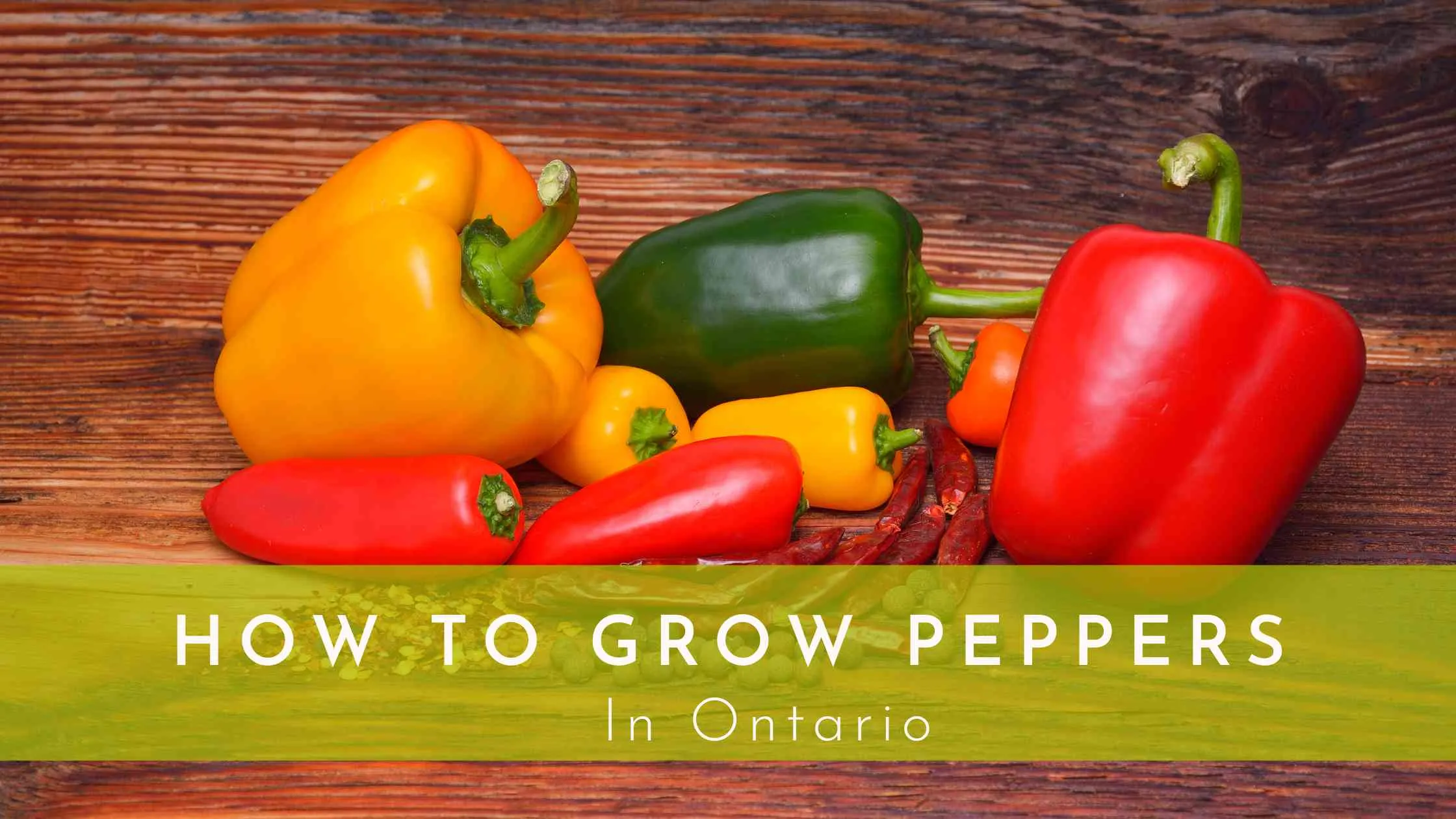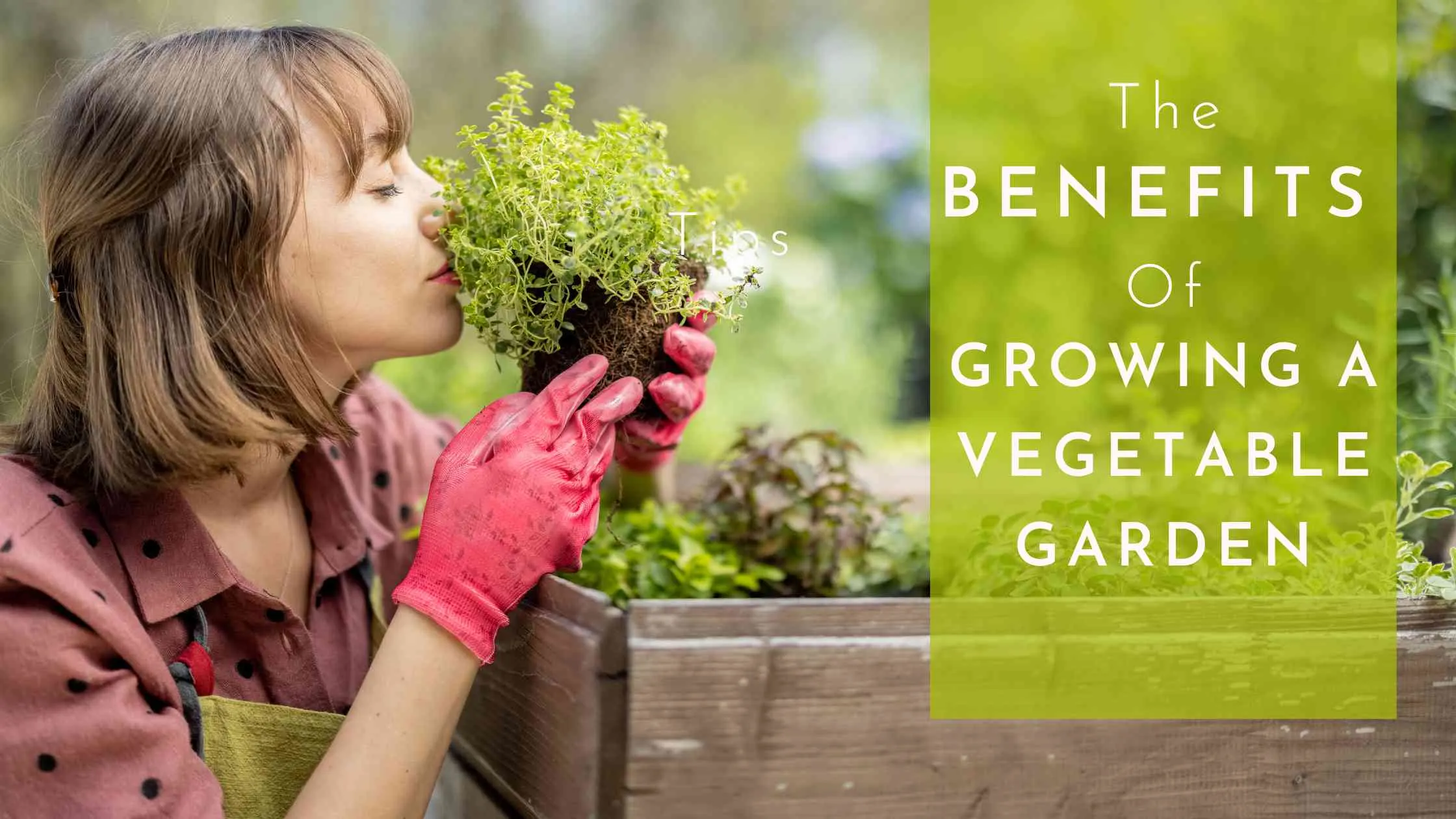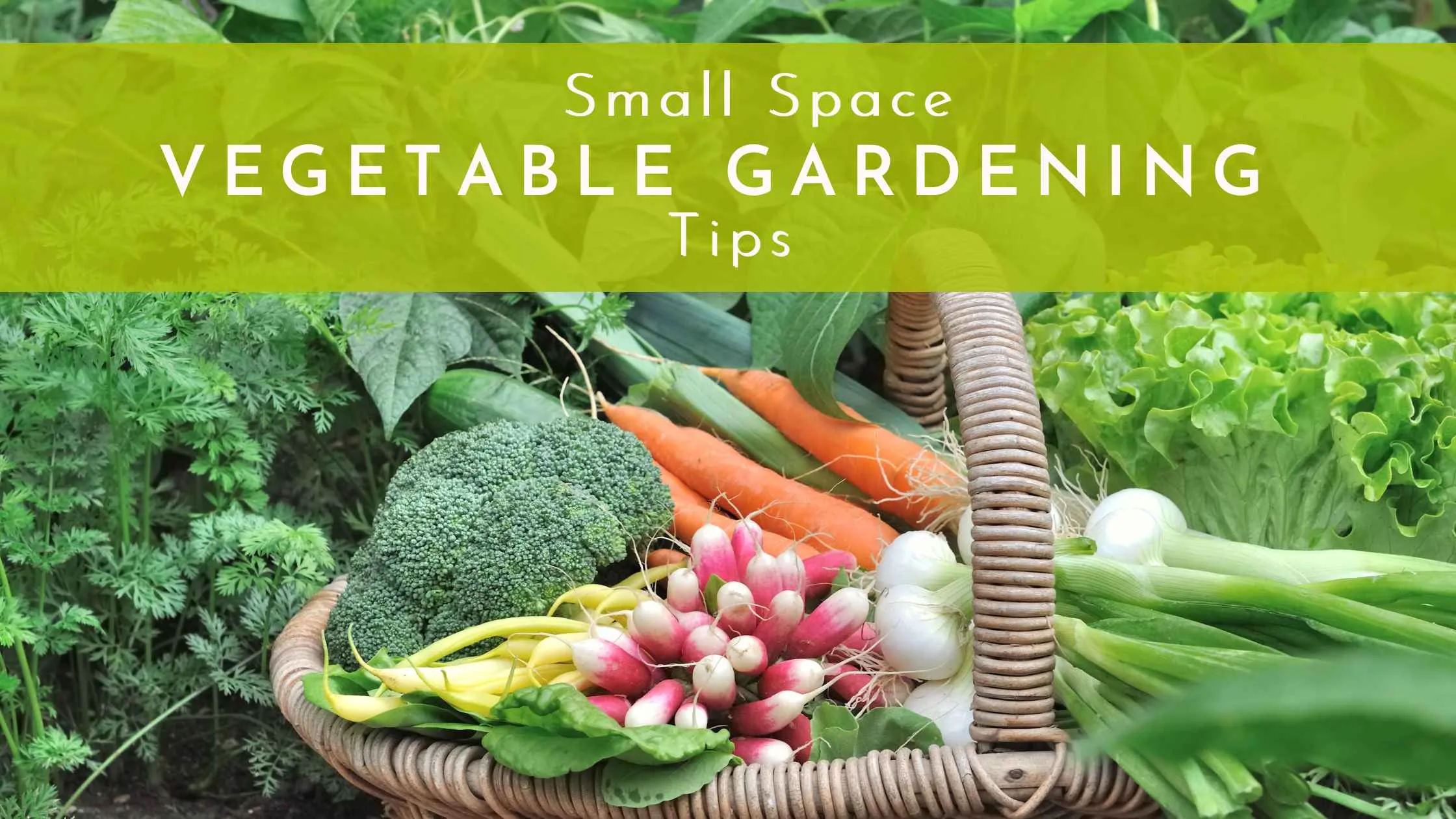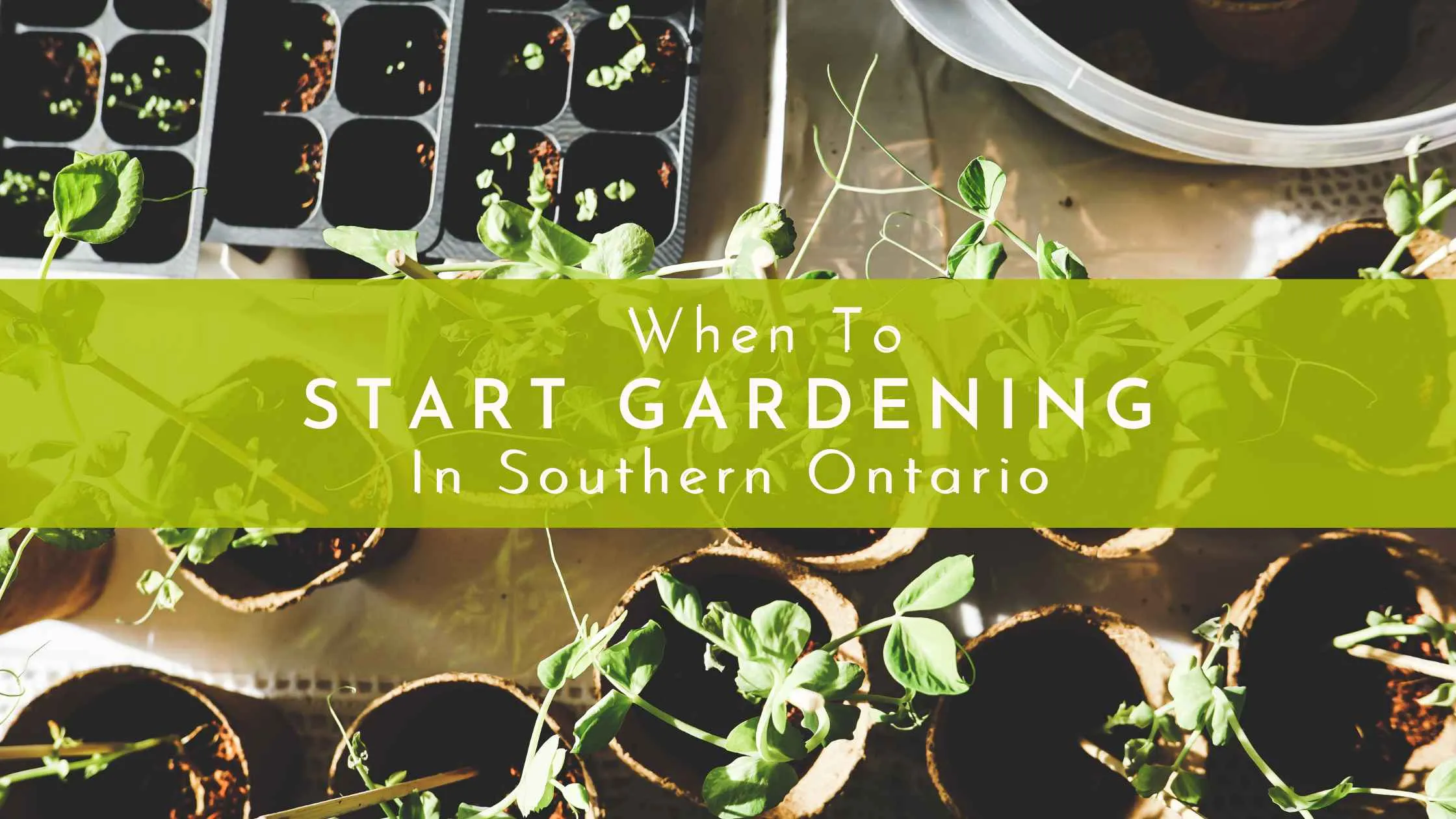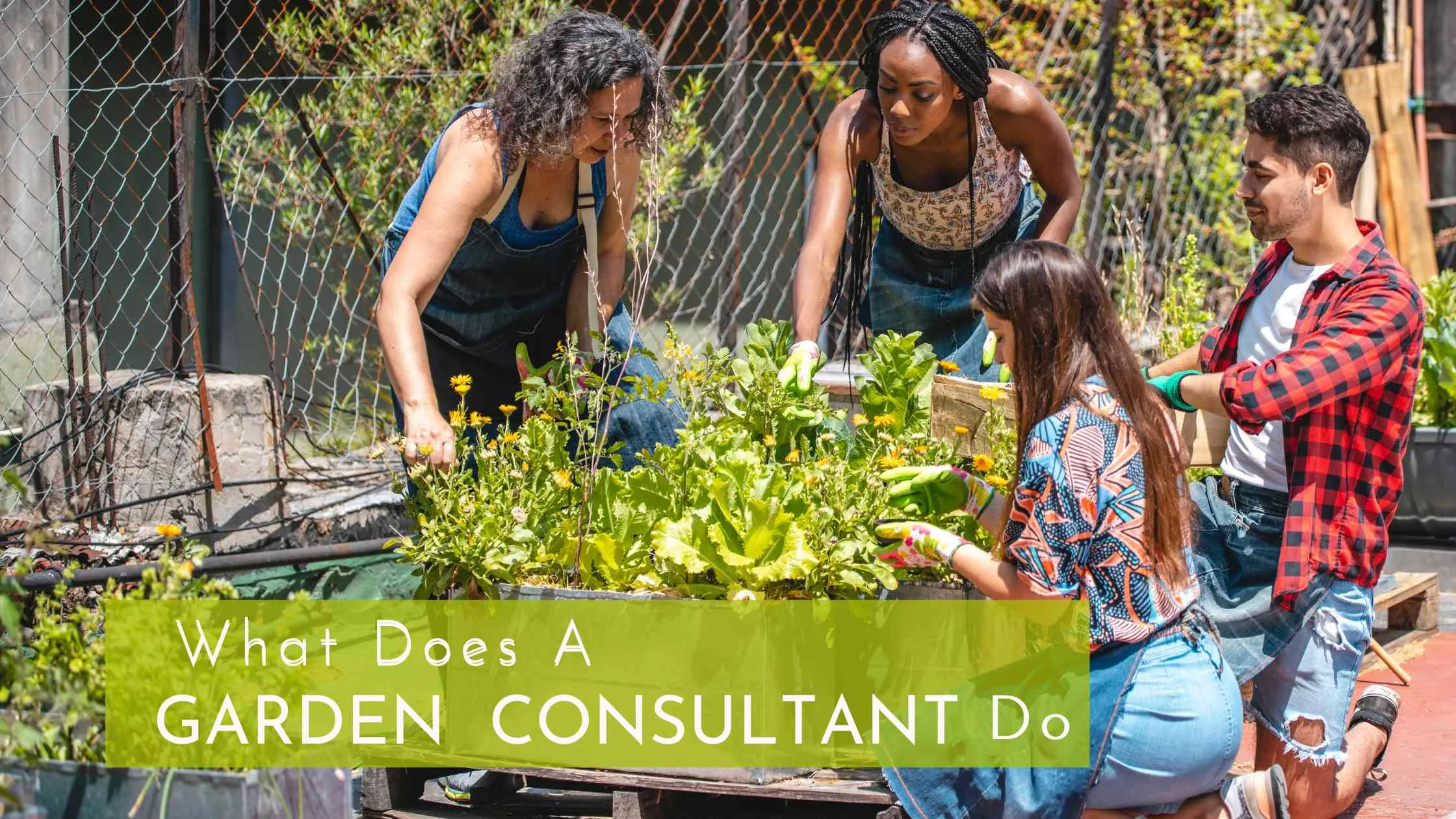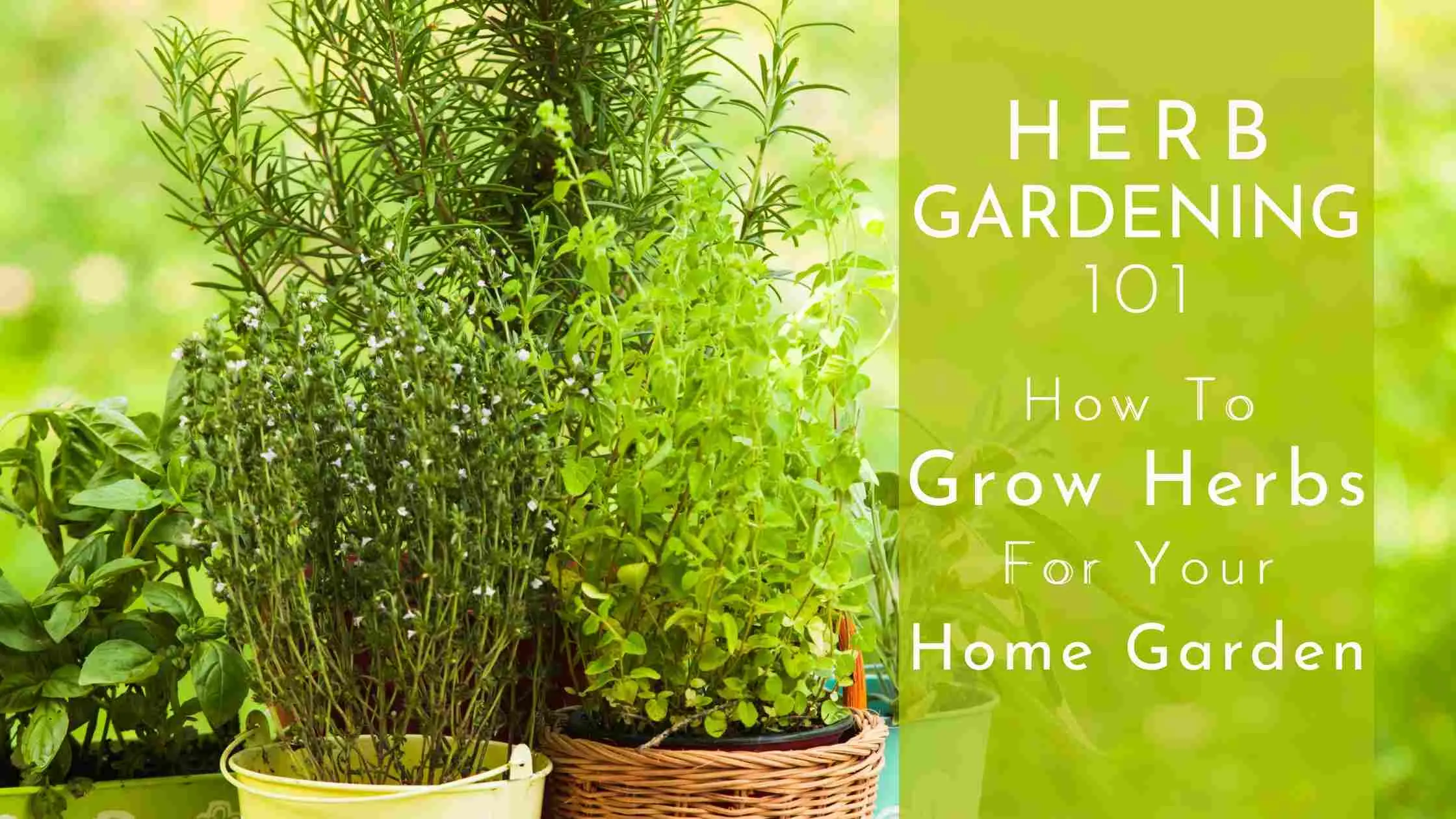Fall Garden Planning Tips for Successful Gardening
When you think about gardening, the spring season comes to mind. But do you know that you can grow your favorite plants even when the weather starts to get cold?
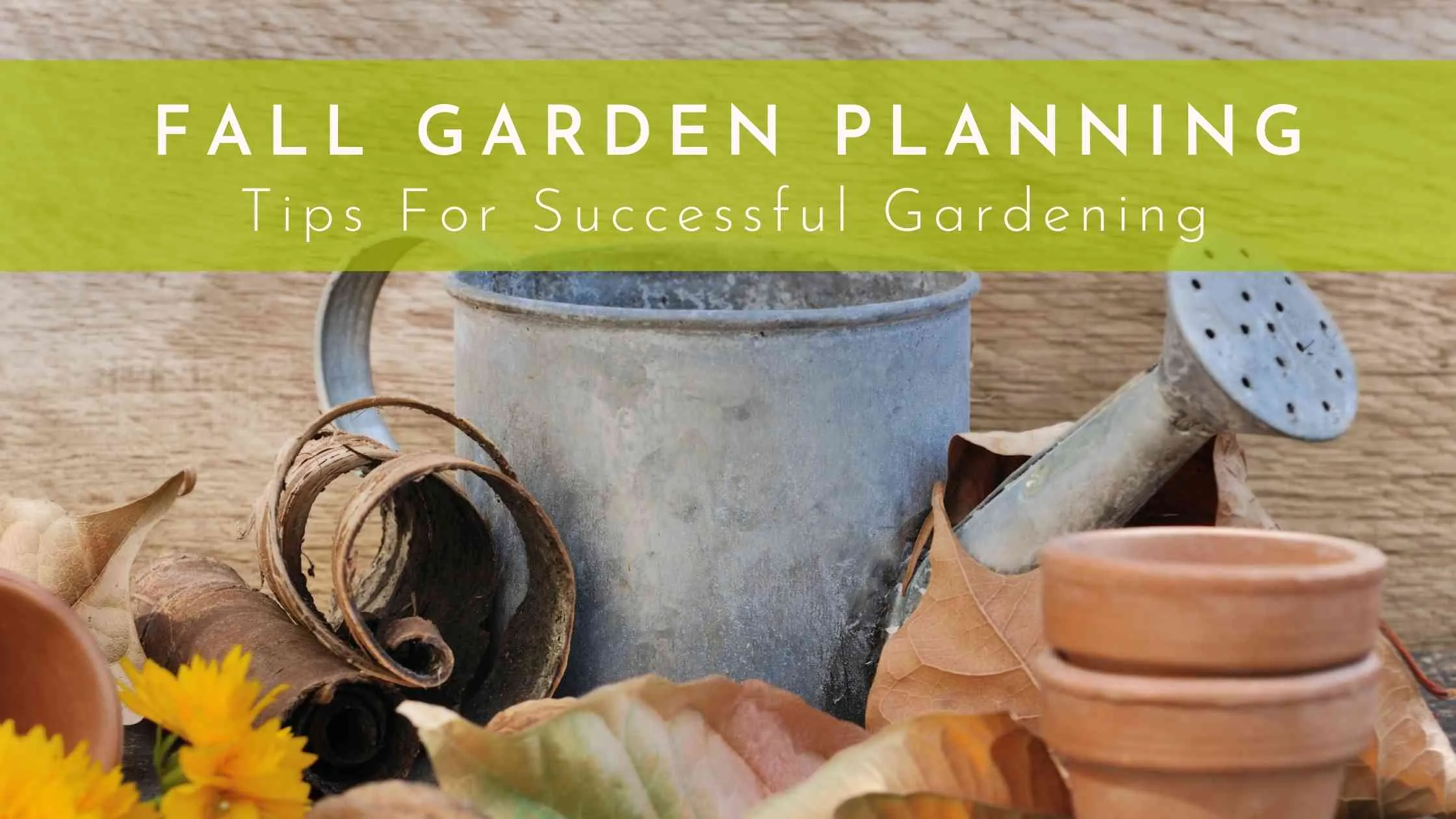
Planning and planting a fall garden helps you extend and grow your favorite vegetables and harvest them before winter. So, do you know how to plant a fall garden?
This article will answer all your questions. Continue reading to learn everything about planting a fall garden.
How To Plant A Fall Garden
You can usually start planting for your fall garden from mid to late summer. To create a fall garden in any area, you should know the average time of the first frost in that particular area.
Your local nursery can help you to find the average date for the first frost in your area. For example, the first frost date in my city of Brampton, Ontario is usually between October 1-10 (though with changing weather patterns this is getting harder to predict). Once you know you’re frost date, you can begin planning your garden.
With your frost date in hand, let’s dive into creating a fall garden.
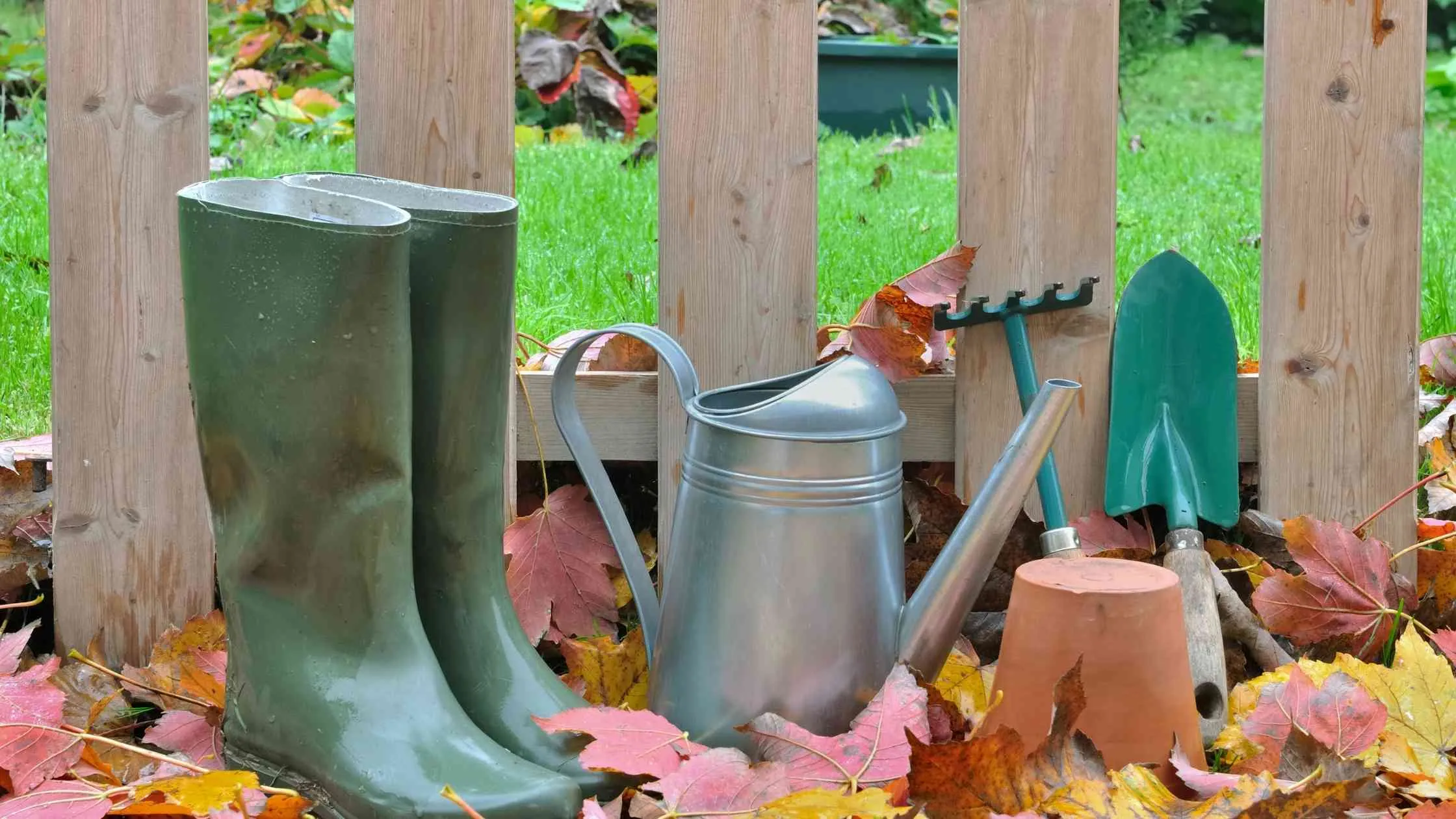
The Best Time To Start Your Fall Garden
As we just mentioned, you start planting your fall garden in the mid or late summer. This gives the crops the right amount of time to grow and flourish in favorable weather.
Many autumn crops like broccoli and carrots need to be planted at the peak of summer because they need a lot of time to mature before frost. However, some vegetables like radishes or lettuce can be planted in late September.
Know How Long Each Crop Takes To Grow
Every plant has a predictable lifespan that shows how much time they need to reach the harvestable size. While planting fall crops it is very important to know how long your plant takes to get mature.
You can check the seed package or plant tag for the ‘days to maturity’. This refers to the lifespan of the particular crop. These numbers are usually accurate but note that different environmental conditions can vary the maturity date of the plant.
How To Sow Seeds For An Autumn Harvest
It is best to start your fall crops in a partially shaded area. You can transfer the seedling to a sunny area once they are ready to take a large amount of sunlight. Keep the seedbeds moist because they need constant moisture for proper germination.
How To Plant Seedlings for Your Fall Garden
When a plant has two or three true leaves it is ready to be planted in your fall garden. Most cool-weather plants are pint-sized which makes them easy to plant in any available open space in your late-summer garden.
If any summer plant is declining you can pull it out and put a fall plant in its place. Fall plants can also be planted around the base of other producing summer crops. The tall summer crops will provide shade in the hot weather.
When the weather starts to cool down (the 70s or 80s F / 20s C), you can cut your summer crops short so that the fall crops can get all the light they need to grow. You don’t need to till the vegetable beds that have summer crops before planting your fall plants. Instead, you can try a little forking to loosen the soil.
I would recommend that you add compost to the soil in your fall garden for better plant growth. Water the seedlings when you feel the top inch of soil dry to the touch.
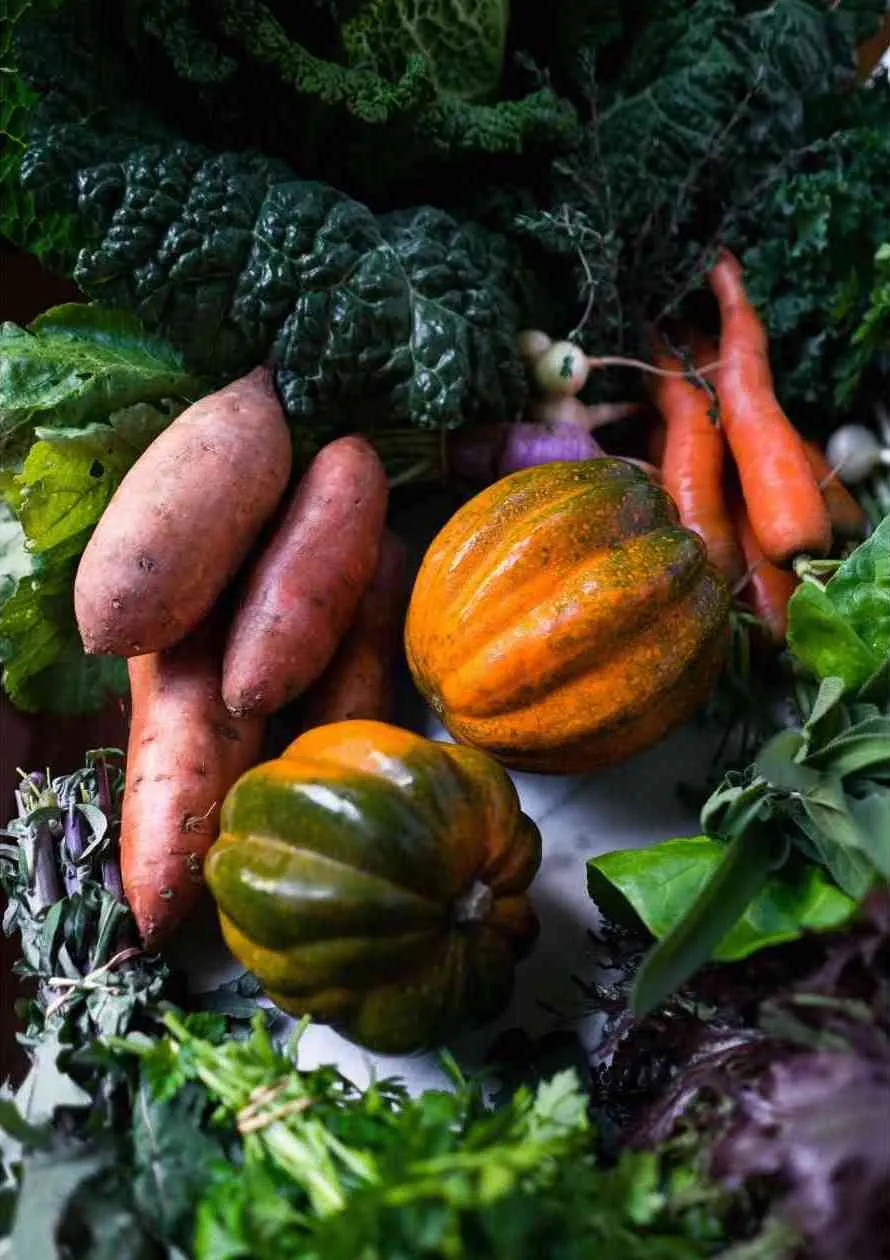
Harvesting Your Fall Garden
Leafy greens and root crops become very flavorful in cooler weather. Vegetables like carrots, brussels sprouts, cabbage, broccoli, and cauliflower develop extra sweetness in the winter.
If the weather is too cold for the crops, you can install cold frames over your plants to keep them growing well.
Before planting a fall garden harvest your spring and summer plants. This clearing is very important if your garden doesn't have enough space to make room for fall crops.
The Best Vegetables To Plant In A Fall Garden
Love gardening and want to create a fall garden? Here is a list of the best vegetables that will grow perfectly in the fall.
1. Beets
Beets are one of the best vegetables to be grown in the Fall. The best time to plant the seed of beets is about 8 to 10 weeks before the first frost.
Sow the seeds of beets deep – up to 1 inch, and 3 to 4 inches apart. The beets which are grown in the fall season have comparatively stronger color and aroma than those grown in the spring season.
2. Onions
For planting onion seeds, you should know the date of the last frost. Onions are usually planted in the fall for a spring or summer harvest but you can also continuously plant seeds, seedlings, or bulbs every few weeks from spring through to fall for a continuous harvest.
Plant the onions 3 to 4 weeks before the last frost date. Sow the seeds 5 to 6 inches apart from each other. Do not cover them fully with the soil, leave their pointed ends above the surface of the ground.
3. Carrots
Carrots are one of the best vegetables to grow in autumn.
Plant the carrots in a row keeping a 6 to 8 inches distance between each of them. Sow 4 to 5 seeds per inch because the seeds of carrots are very small. It is difficult to sow the seed of the carrots precisely because of their small size.
4. Salad Greens
Salad greens are of various types but most kinds can grow in cold weather. They also require very little time to mature so it will be easier for you to grow them as a beginner.
The best time to plant the salad greens is in August and September. The seeds of spinach and Swiss chard can also be planted during summer because they last longer in cooler weather.
5. Broccoli
Broccoli grows perfectly in the autumn. Plant in the soil keeping 12 to 18 inches of space between plants.
Note: Broccoli loves nitrogen, so make sure you have an additional source of nitrogen like blood meal or alfalfa meal to help it thrive.
6. Asparagus
You can grow asparagus when the temperature cools down. However, it is recommended to wait a couple of seasons before harvesting asparagus to allow them to develop the deep roots required to produce strong, nutrient-rich plants.
First, rinse the crown of the asparagus, then dig the ground up to 6 inches deep and 12 inches wide. Plant the rinsed asparagus in the ground 1 foot apart. Cover them with soil up to 2 to 3 inches. Every couple of weeks add more soil until it is just mounded over at surface level.
7. Scallions
Sow the seeds of the scallions in August. Plant 4 seeds per inch keeping a 6 to 8 inches distance between them. The color of their tiny bulbs can be both deep purple or white.
8. Garlic
Plant the cloves of garlic 4 to 6 inches apart in the middle of Autumn. Push each clove into the ground up to 1 inch then cover them with soil. You can harvest the garlic in the Spring.
Why Is Fall A Good Time To Plant?
The best thing about a fall garden is that you can get the produce throughout the cold season through to the start of spring. Fall crops last longer. During the cold season, the crops like kale, cabbage, and broccoli stay fresh longer after they reach maturity because of the cold temperatures.
Also, some cold-tolerant plants continue to grow and concentrate their nutrients and sweetness during the cold season. If you harvest and try these crops during winter, you will notice the more intense flavor and sweetness.
Many people don’t realize that crops can be planted in the mid and late summer to mature in colder weather. Here are a few things you may not know about planting a fall garden:
- Planting a fall garden helps you to grow fresh and healthy veggies and fruits at home.
- Working in a garden in the cooler weather prevents sweating.
- Plants in fall gardens require less watering.
- Planting for fall gardens begins in July and August which allows seedlings to germinate faster and better in warm soil.
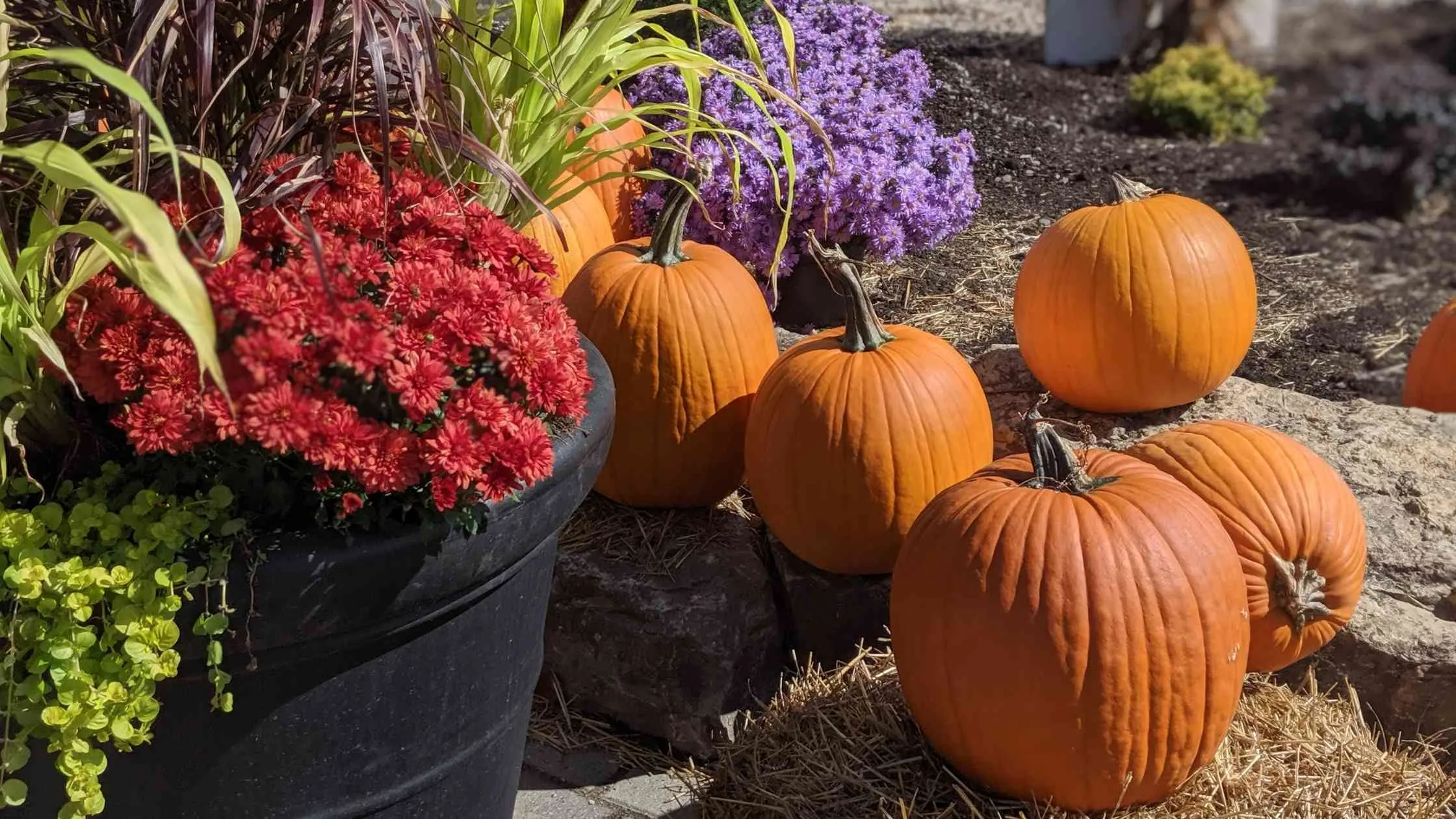
How To Enhance The Beauty Of Your Fall Garden
The fall season has some of the most beautiful plants. You can plant perennials in your fall garden. Unlike annual plants, perennial plants can last for more than two years.
Some of the most beautiful fall garden plants are purple asters and blue salvias. The violet and blue shades of these flowers compliment the yellow and orange hue of other plants.
Other fall garden plants that can enhance the beauty of your fall garden include:
- Aster Alma Potschke
- Arkansas Amsonia
- Autumn Fern
- Goldenrod Fireworks
- Hardy Begonia
- Japanese Anemone
- Salvia Vanhouttei Paul
Container Gardens During The Fall Season
You can use your containers to grow fall plants. Summer plants that are now dying can be easily replaced by seeds of your fall plants. You can try kale, snapdragons, pansies, or other ornamental grasses in your containers.
How To Protect Your Fall Garden From Pests
Even if the cold weather saves your fall garden from most pests, you still need to keep track of slugs, cutworms, and cabbage worms. Young plants are the most common victims of these worms. Check your plants regularly for any hiding pests including the undersides of leaves.
Final Words
Vegetables that can tolerate cold weather and mature quickly are ideal for your fall garden. It is always recommended to mulch your beets, turnips, and carrots before the ground freezes.
Follow the gardening best practices like providing good soil, fertilizing with compost, and consistent moisturizing for better growth of your fall crops.

